What’s the Difference Between Pest Control and Pest Extermination
Home » Blog » What’s the Difference Between Pest Control and Pest Extermination
Pest control and pest extermination are both methods used to manage and eliminate unwanted pests from homes, businesses, and other areas. While they share a common goal of dealing with pest-related issues, there are some key differences between the two approaches.
Pest control refers to the ongoing management and prevention of pests. It involves taking proactive measures to minimize the likelihood of infestations, such as implementing preventive measures, regular inspections, and employing pest deterrents. It focuses on long-term solutions that aim to create an environment that is less attractive to pests, making it more difficult for them to establish colonies or access resources.
On the other hand, pest extermination is a more immediate and intensive approach to dealing with pest problems. It involves identifying and eliminating existing infestations through the use of various techniques, such as the application of pesticides, trapping, or physical removal. Pest extermination is typically employed when a pest issue has already become established and requires immediate action to eradicate the pests and mitigate further damage.
Pest Control
There are various methods of pest control that can be employed to manage and eliminate different types of pests. Here are some common pest control methods:
1. Chemical Pest Control
This method involves the use of pesticides and insecticides to kill or repel pests. These chemicals are applied in areas where pests are present or likely to enter. It is important to follow proper safety guidelines and regulations when using chemical pest control methods. There are different types of chemical control methods available, including contact insecticide, residual insecticides, and systemic insecticides.
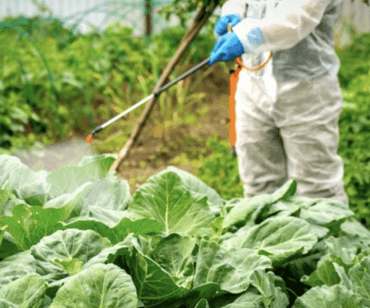
2. Biological Pest Control
Biological pest control, also known as biocontrol, is a method of pest management that utilizes living organisms to control pest populations naturally. It involves the introduction or enhancement of natural enemies, such as predators, parasites, or pathogens, to regulate pest populations.
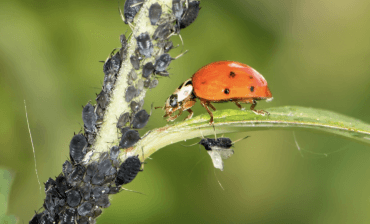
3. Physical Pest Control
This method relies on physical barriers or traps to prevent pests from entering or removing them from the premises. Examples include using screens on windows and doors, sealing cracks and crevices, and using sticky traps or ultraviolet light traps to catch and kill pests.
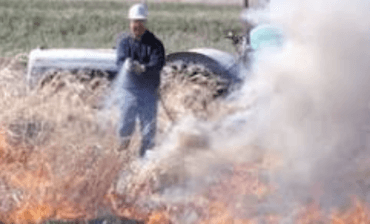
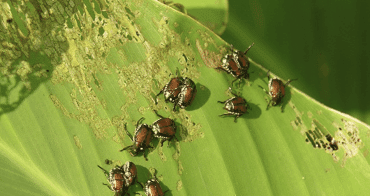
4. Cultural Pest Control
Cultural practices involve modifying the environment to discourage pests. This can include maintaining good sanitation practices, proper waste management, removing food and water sources, and regular cleaning to minimize pest attraction.
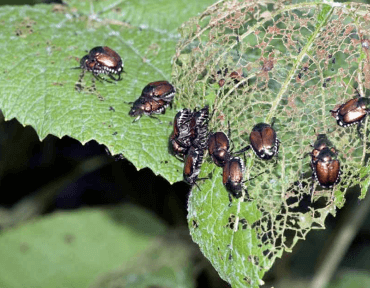
5. Integrated Pest Management (IPM)
IPM is a comprehensive approach that combines multiple pest control methods to effectively manage pests while minimizing the use of pesticides. It involves monitoring and assessing pest populations, implementing preventive measures, employing biological controls, and only using chemical control as a last resort.
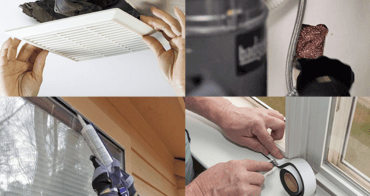
6. Exclusion
Exclusion involves blocking entry points and sealing off areas to prevent pests from entering buildings. This can include installing screens, sealing gaps around doors and windows, and repairing damaged structures.
7. Heat Treatment
This method utilizes high temperatures to kill pests, including bed bugs and termites. Heat is applied to infested areas, reaching temperatures that are lethal to the pests but safe for humans and pets.
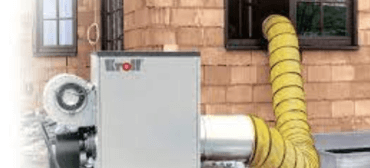
8. Traps
Different types of traps are used to capture and kill pests. Examples include mouse traps, glue traps, pheromone traps for insects, and bait traps for rodents.
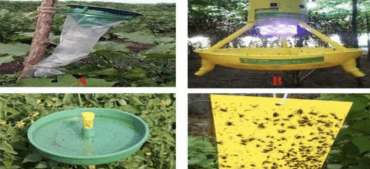
Pest Control Professionals
1. Pest Control Technicians
These professionals are responsible for conducting inspections, identifying pests, implementing control measures, and monitoring infestations. They are trained to handle and apply pesticides safely and may work for pest control companies or government agencies.
2. Entomologists
Entomologists are scientists who study insects and their behavior. They play a crucial role in pest control by researching and identifying pests, studying their life cycles, and developing effective control strategies. They often collaborate with other pest control professionals to provide expertise and guidance.
3. Exterminators
Exterminators, also known as pest exterminators or pest management professionals, are licensed professionals who specialize in eliminating pests from residential or commercial properties. They assess the severity of infestations, determine the appropriate treatment methods, and apply chemical or non-chemical controls to eradicate pests.
4. Wildlife Control Specialists
Wildlife control specialists focus on managing wildlife populations that cause problems or pose risks to human health and safety. They handle issues related to nuisance animals like raccoons, squirrels, bats, or birds. Their services often involve trapping, relocation, exclusion, and prevention techniques.
5. Fumigators
Fumigators specialize in using fumigation techniques to control pests in enclosed spaces, such as buildings or storage facilities. They use specialized equipment to release gaseous pesticides, called fumigants, to eliminate pests like bed bugs, termites, or stored product pests.
6. Pest Inspectors
Pest inspectors conduct thorough inspections of properties to identify existing or potential pest problems. They assess for signs of infestations, damage, or conditions that may attract pests. Their findings help property owners or buyers make informed decisions and take preventive measures.
7. Biologists
Biologists, particularly those specializing in integrated pest management (IPM), work to develop sustainable and eco-friendly approaches to pest control. They focus on using a combination of biological, cultural, and chemical control methods to manage pests while minimizing environmental impacts.
8. Pest Management Consultants
Pest management consultants provide expert advice and guidance on effective pest control strategies. They work with individuals, businesses, or organizations to develop customized pest management plans that address specific needs and comply with regulations.
Pest Control Professional
A pest control professional plays a crucial role in maintaining healthy and pest-free environments. A pest control professional is a skilled expert who specializes in identifying, managing, and eliminating various types of pests that can pose risks to human health, property, and the environment. From conducting inspections to implementing effective pest control strategies, these professionals are dedicated to ensuring the well-being and safety of their clients.
1. Conducting Inspections
One of the primary responsibilities of a pest control professional is to conduct thorough inspections of properties. They carefully examine both interior and exterior areas to identify signs of pest infestations, assess the extent of the problem, and determine potential entry points or conditions that contribute to pest issues.
2. Identifying Pests
A pest control professional is trained to identify various types of pests accurately. They have knowledge about different species, their behavior, biology, and habits. This expertise allows them to pinpoint the specific pest causing the issue and develop appropriate treatment strategies.
3. Developing Treatment Plans
Based on their findings during inspections, pest control professionals develop customized treatment plans. These plans outline the most effective methods for eliminating pests and preventing future infestations. Treatment plans may involve a combination of chemical treatments, biological controls, exclusion techniques, and education on proper sanitation practices.
4. Implementing Pest Control Measures
Pest control professionals are responsible for implementing the treatment plans they have developed. This can include applying pesticides, setting up traps or baits, sealing entry points, and providing recommendations for environmental modifications to reduce pest attraction or access.
5. Educating Clients
A crucial responsibility of pest control professionals is to educate clients about the pests they are dealing with and the steps they can take to prevent future infestations. They provide guidance on proper sanitation practices, storage of food and waste, and maintenance of structures to minimize pest attraction.
6. Ensuring Safety
Safety is paramount in pest control. Professionals follow strict guidelines and regulations to ensure the safe handling and application of pesticides. They take precautions to protect themselves, clients, and the environment from potential risks associated with pest control activities.
7. Continuous Learning
Pest control professionals stay updated with the latest industry trends, technologies, and best practices. They participate in ongoing training and education to enhance their knowledge of new pest control methods and products.
8. Providing Follow-up Services
After implementing pest control measures, professionals often provide follow-up services to monitor the effectiveness of treatments and address any lingering issues. They may schedule routine inspections or offer maintenance plans to keep properties pest-free.



